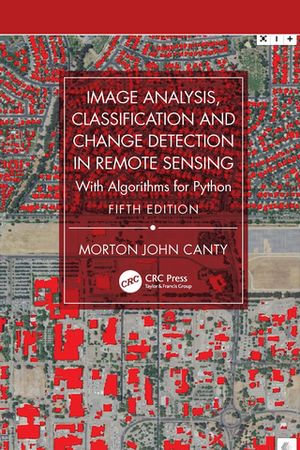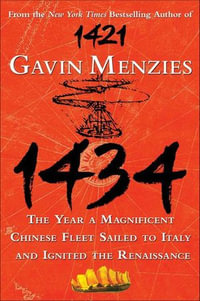
eTEXT
Image Analysis, Classification and Change Detection in Remote Sensing
With Algorithms for Python
eText | 3 June 2025 | Edition Number 5
At a Glance
eText
$94.59
or
Available: 3rd June 2025
Preorder. Online access available after release.
Read online on
Desktop
Tablet
Mobile
Not downloadable to your eReader or an app
Why choose an eTextbook?
Instant Access *
Purchase and read your book immediately
Read Aloud
Listen and follow along as Bookshelf reads to you
Study Tools
Built-in study tools like highlights and more
* eTextbooks are not downloadable to your eReader or an app and can be accessed via web browsers only. You must be connected to the internet and have no technical issues with your device or browser that could prevent the eTextbook from operating.
ISBN: 9781040351659
ISBN-10: 1040351654
Available: 3rd June 2025
Format: ePUB
Language: English
Publisher: Taylor & Francis
Edition Number: 5
You Can Find This eBook In
This product is categorised by
- Non-FictionEarth Sciences, Geography, Environment, PlanningGeographyGeographical Information Systems GIS & Remote Sensing
- Non-FictionComputing & I.T.Computer ScienceImage Processing
- Non-FictionEarth Sciences, Geography, Environment, PlanningEarth Sciences
- Non-FictionEarth Sciences, Geography, Environment, PlanningGeographyHuman Geography
- Non-FictionEngineering & TechnologyCivil Engineering
- Non-FictionComputing & I.T.Information Technology General Issue
- Non-FictionEngineering & TechnologyEnergy Technology & EngineeringElectrical Engineering























